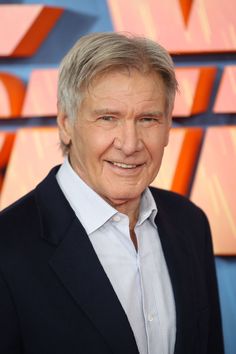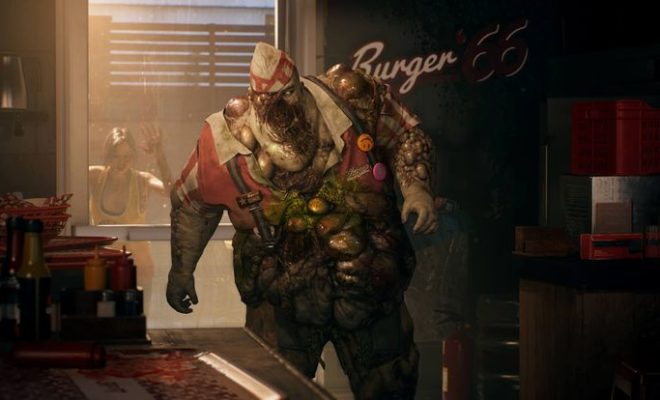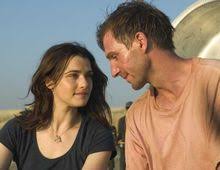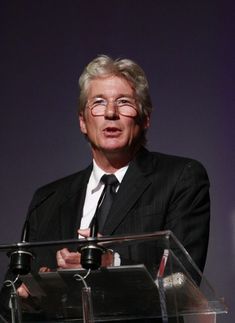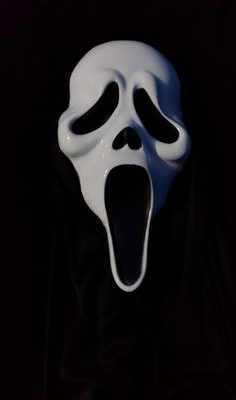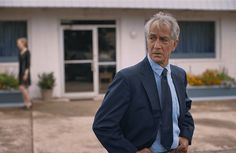The Best Movie from Every Year of the 1920s, According to Letterboxd
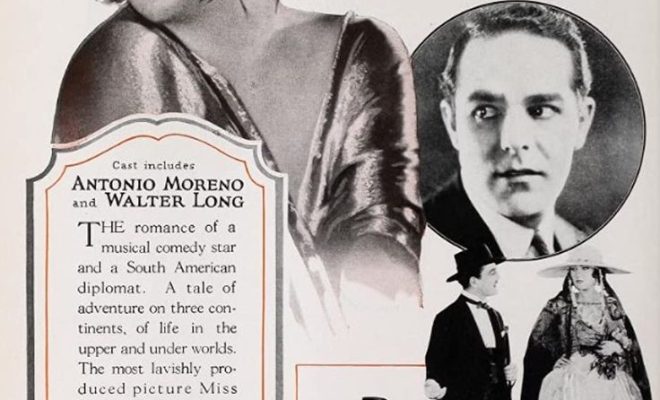
The 1920s, often referred to as the Roaring Twenties, was an era that witnessed unprecedented changes in cinema. Films transitioned from the silent era to the beginnings of sound film. Each year during this vibrant decade produced cinema gems that are still celebrated today. According to Letterboxd, a social network for film lovers and one of the go-to platforms for movie ratings and reviews, here is a list of the best movie from every year of the 1920s:
1920 – “The Cabinet of Dr. Caligari” (Das Cabinet des Dr. Caligari) Directed by Robert Wiene
This quintessential work of German expressionist cinema is widely recognized for its dark and twisty narrative as well as its visually striking sets that reflect the inner turmoils of its characters.
1921 – “The Kid” Directed by Charlie Chaplin
Charlie Chaplin’s first full-length film as a director, “The Kid”, is a blend of comedy and drama that showcases his iconic Tramp character as he finds and cares for an abandoned child.
1922 – “Nosferatu” (Nosferatu, eine Symphonie des Grauens) Directed by F.W. Murnau
A seminal work in the horror genre, Murnau’s “Nosferatu” is an unauthorized adaptation of Bram Stoker’s “Dracula”. Its eerie atmosphere and Max Schreck’s performance as Count Orlok have immortalized it.
1923 – “Safety Last!” Directed by Fred C. Newmeyer and Sam Taylor
Starring Harold Lloyd, who performs his own daredevil stunts, “Safety Last!” is most famous for its iconic scene where Lloyd hangs from the hands of a clock high above the city street.
1924 – “Sherlock Jr.” Directed by Buster Keaton
This comedy features Buster Keaton in a dual role as both a movie projectionist and the detective he fantasizes about becoming. Famed for its pioneering visual effects and stunts, it remains a landmark in slapstick humor.
1925 – “Battleship Potemkin” (Bronenosets Potemkin) Directed by Sergei Eisenstein
Considered one of the greatest films of all time, Eisenstein’s revolutionary Soviet propaganda piece is known for its powerful montage sequences, particularly the Odessa Steps scene.
1926 – “The General” Directed by Clyde Bruckman and Buster Keaton
Another Buster Keaton classic, “The General” blends action with comedy against the backdrop of the American Civil War and includes some of the most ambitious stunts filmed during that era.
1927 – “Metropolis” Directed by Fritz Lang
An epic science fiction drama set in a futuristic urban dystopia, Lang’s “Metropolis” is lauded for its complex special effects and production design which set a standard for later sci-fi films.
1928 – “The Passion of Joan of Arc” (La Passion de Jeanne d’Arc) Directed by Carl Theodor Dreyer
With Maria Falconetti’s haunting performance, Dreyer’s portrayal of Joan’s trial is noted for its tight frame close-ups and historical accuracy.
1929 – “Man with a Movie Camera” (Chelovek s kino-apparatom) Directed by Dziga Vertov
Vertov’s influential documentary-style film celebrates urban life in Soviet cities using innovative cinematography techniques such as double exposure, fast motion, and freeze frames to create visual rhythms that still feel modern.
These films are not only beloved classics according to Letterboxd but also serve as milestones in cinematic history—chronicling advancements in storytelling, technical skill, genres, and styles that evolve to this day.

